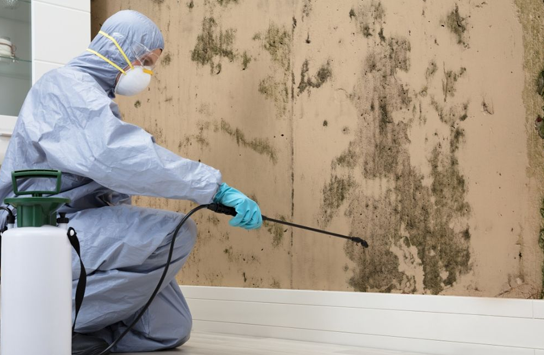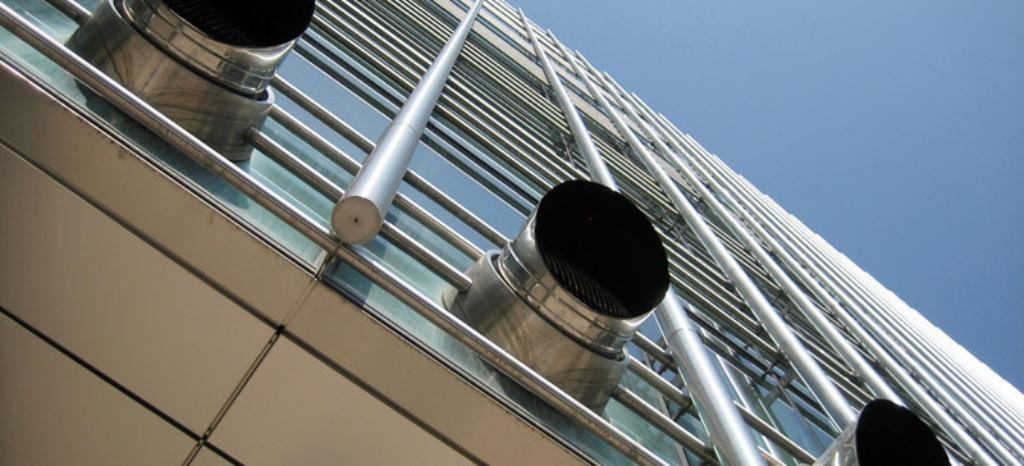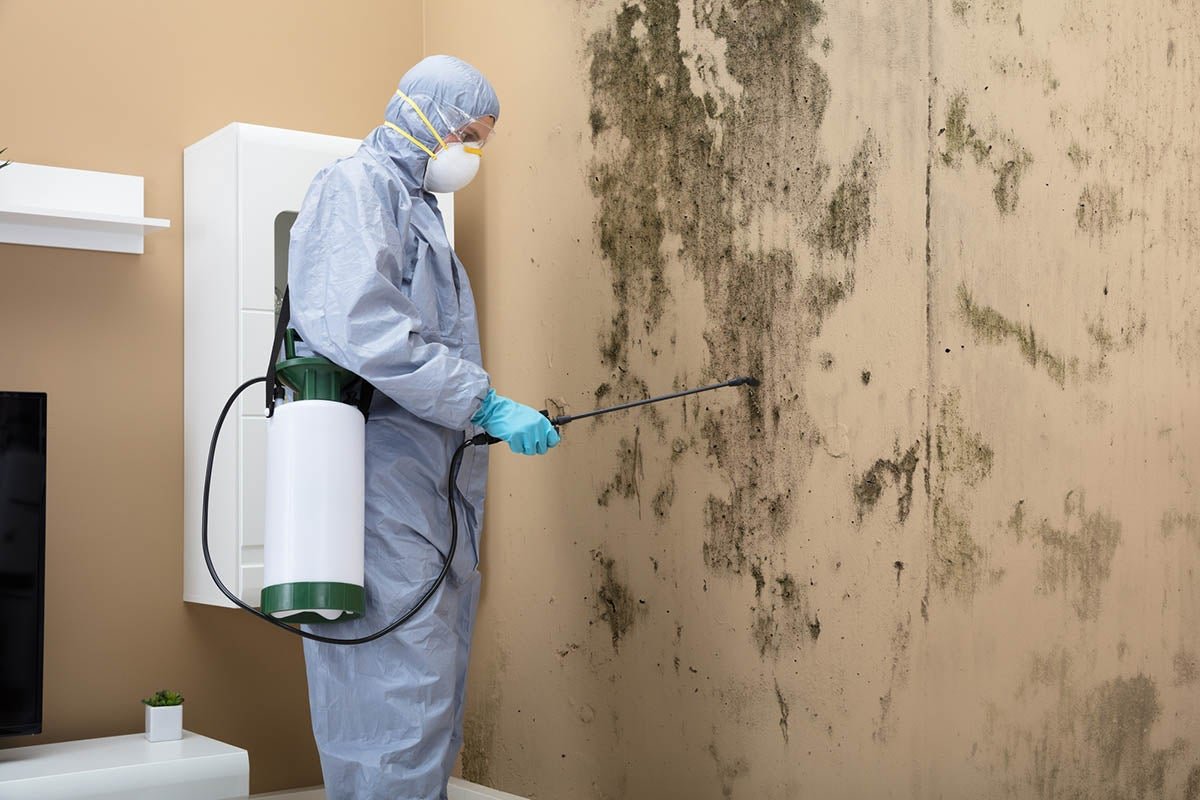Aspergillus mold, also known as black mold, is one of the most common molds in homes today. Its black color and fuzzy texture can be hard to miss as it grows on walls, floors, and any other surface that stays wet and warm for long periods of time.
If left untreated, it can cause serious health complications in humans and pets. However, with proper assessment and treatment by certified professionals, it is possible to restore your home to its original condition in no time!
Keep reading below to learn everything you need to know about Aspergillus mold.
What is Aspergillus Mold?
Aspergillus mold is a type of fungus that grows in damp, humid areas. It is often found in indoor environments and is considered one of the most common causes of fungal lung infections.
However, you can find Aspergillus mold outdoors as well. Due to this, many people are exposed to it regularly.
Those with respiratory problems or asthma are especially at risk for developing an infection from this fungus if they do not take preventive measures.
Where Does Aspergillus Mold Originate From?
Aspergillus mold is a type of fungi that you can find in a variety of different environments. It generally starts growing on organic substances such as wood, food, and fiberboard.
However, it can also grow in areas such as bathrooms, kitchens, and basements due to moisture and water damage.
How Do Aspergillus Mold Affect Humans?
Aspergillus mold is a type of fungus that can affect humans in many ways. It grows best in warm and humid conditions, so it’s often found in areas with excessive moisture.
The spores can enter your system through the nose or mouth and may lead to allergic reactions, asthma attacks, or other problems like sinusitis, bronchitis, or pneumonia.
Over 100 types of Aspergillus mold could be harmful to humans. One form of this fungus, called aspergillosis, causes life-threatening infections in people with weakened immune systems or chronic lung diseases like cystic fibrosis.
Exposure to high levels of spores from this mold can cause illness and even death in;
Infants,
Young children,
Older people,
Those with compromised immune systems, and
Those treated with antibiotics recently because these medications decrease resistance against infection by disrupting bacteria levels. In addition, exposure to large amounts of Aspergillus mold spores has also been linked to toxic shock syndrome (TSS).
Mostly characterized by fever, headache, nausea, and low blood pressure. The symptoms of milder cases will usually clear up after about two weeks, but more serious cases require mold removal treatment using antifungal drugs.
Aspergillus mold reproduces by releasing spores into the air that you can inhale. Air currents spread the spores of the Aspergillus mold. The spores then settle on surfaces, where they quickly grow. It can be seen as a white or black growth on surfaces.
It can also grow in humidifiers and cooling coils of air conditioners.
How does the Aspergillus mold grow?
Types of Aspergillus Mold
There are various types of this mold: A. flavus, A. fumigatus, and A. niger. All three types have similar properties. They include being able to cause allergic reactions like asthma attacks and lung irritation when inhaled.
Allergic reactions include skin rash and erythema, a type of skin inflammation. A. flavus can also produce mycotoxins, toxins produced by certain fungi. Still, the other two do not have this ability.
A. flavus also causes more infections than the other two types combined. They’re usually found in warm, damp areas like basements and bathrooms. One way to identify the mold type is by the color.
Cladosporium, Penicillium, and Aspergillus usually appear black, green, or blue-green. Aspergillus is mostly found in soil, grains, and fruits.
Color-brown, black-green, and yellow-green are also examples. These colors indicate the different types of molds found in your home.
If you see any of these colors in those areas mentioned above, then chances are you have mold growth and require mold removal.
What are the signs you might have an issue with Aspergillus mold?
Mold needs three things to grow: moisture, food, and the right temperature. It’s important to recognize the signs of an issue with Aspergillus mold.
It will allow you to take action before it becomes a bigger problem. * Increased humidity levels in your home are some of the most common indicators.
Irritation, redness, and itchiness around the nose and mouth that doesn’t seem to go away after treatment with over-the-counter products. An ongoing cough or difficulty breathing, chronic respiratory problems like asthma or hay fever
Ways to prevent Aspergillus Mold Growth
To enhance Mold Remediation;
- First, ensure there is no Water Damage or leaks in your house. Seal up all water leaks using silicone sealant for maximum protection.
- Next, dry out all wet surfaces, such as floors, carpets, and walls, before they become infested again. Remove any wet items, such as clothes, furniture, and carpeting, which can provide more places for mold to grow.
- Use dehumidifiers to help dry out wet areas quickly. It is also important to know what kind of mold it is to use appropriate treatments according to the situation.
- In addition, cleaning up spills as soon as they happen will also help reduce the chances of an Aspergillus outbreak.
- Clean moldy surfaces with water and detergent.
- Ventilate the area where mold is found by opening windows and doors for at least 8 hours daily.
- Maintain a humidity level of less than 50%.
- Use exhaust fans in kitchens and bathrooms while you sleep.
How Can Edwards Property Remedition Assist You?
If you suspect mold in your home or business, call Edwards Property Remediation for a professional assessment of the site and the best course of action.
Edwards Property Remedition is a mold remediation company in West Palm Beach, Florida. We provide mold remediation and water damage restoration services. We offer service throughout South Florida, including Broward County, Miami-Dade County, Palm Beach County, and Monroe County.
We have the experience and expertise to get rid of mold quickly and efficiently. Contact us today or visit our website for more assistance.
We are ready to help.




